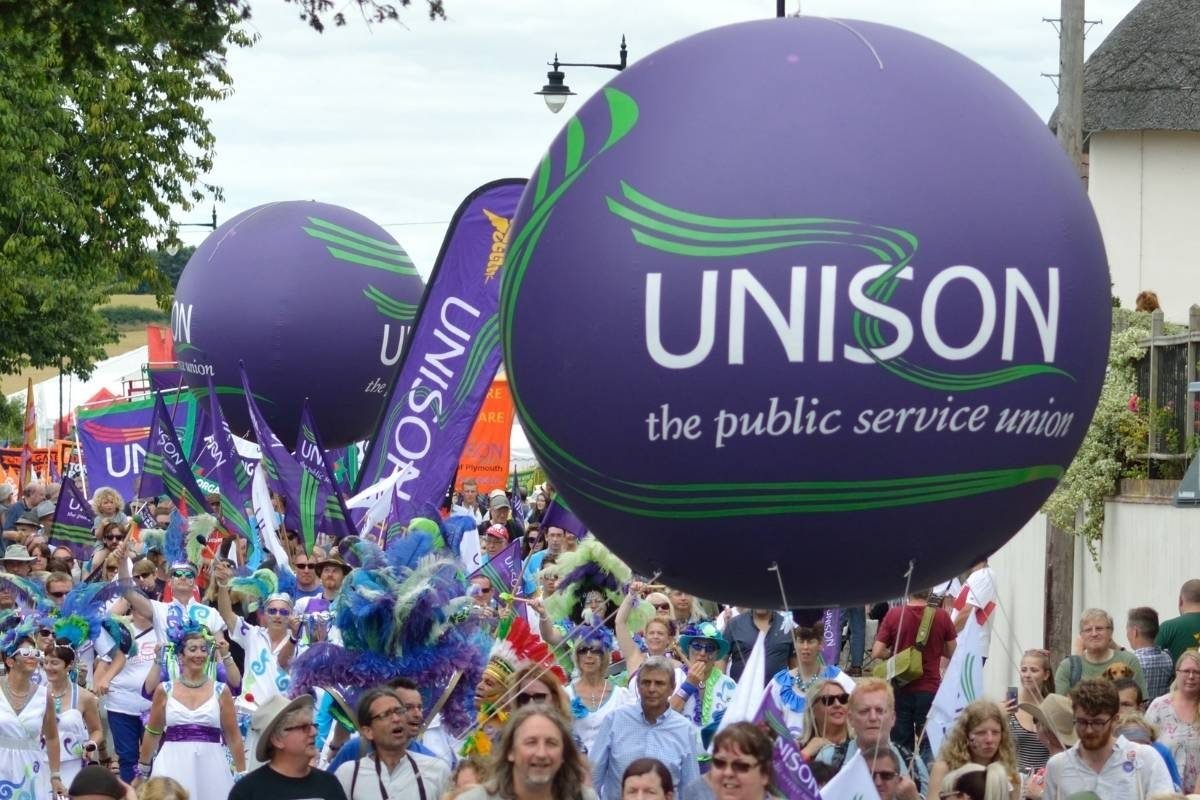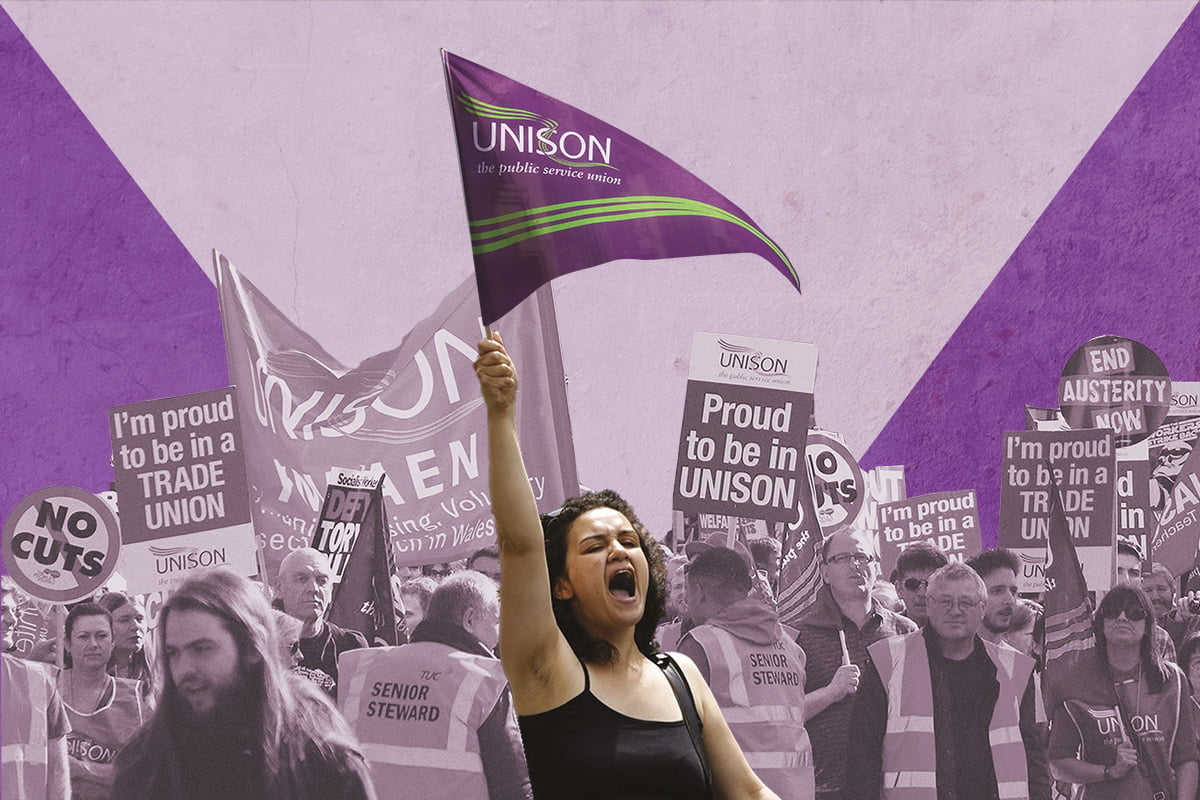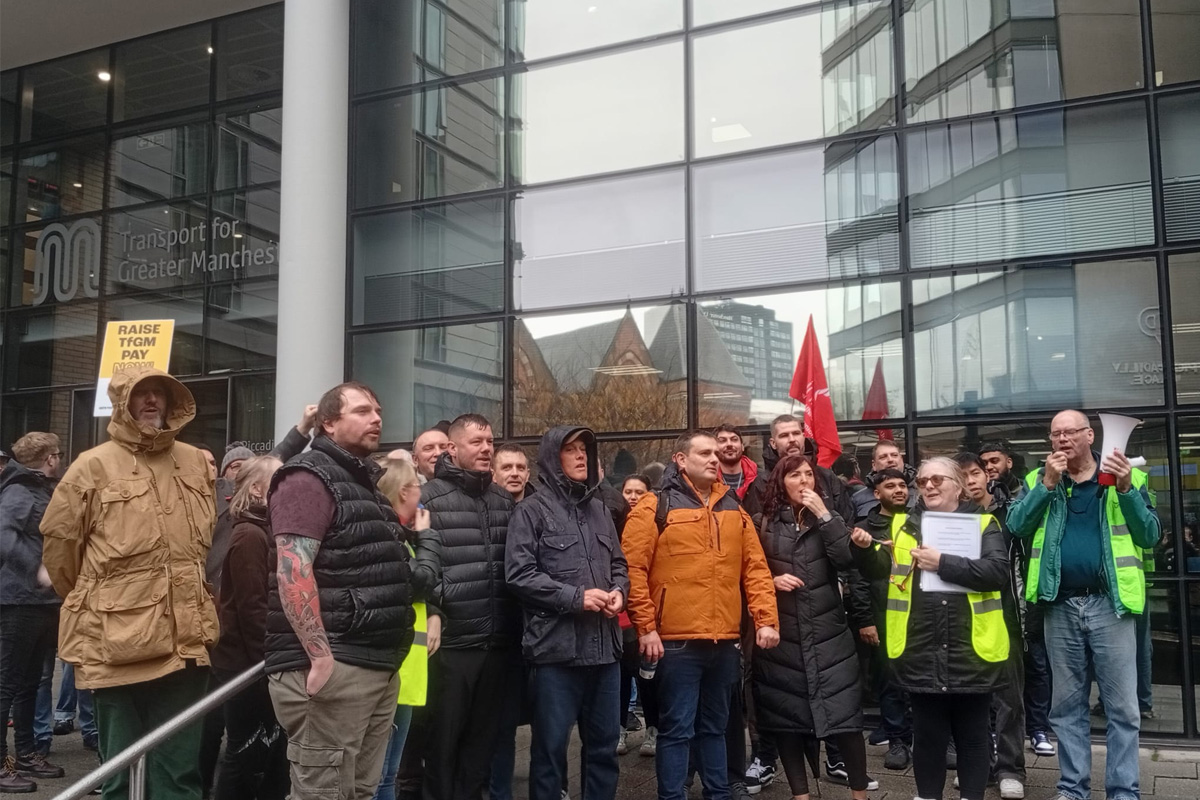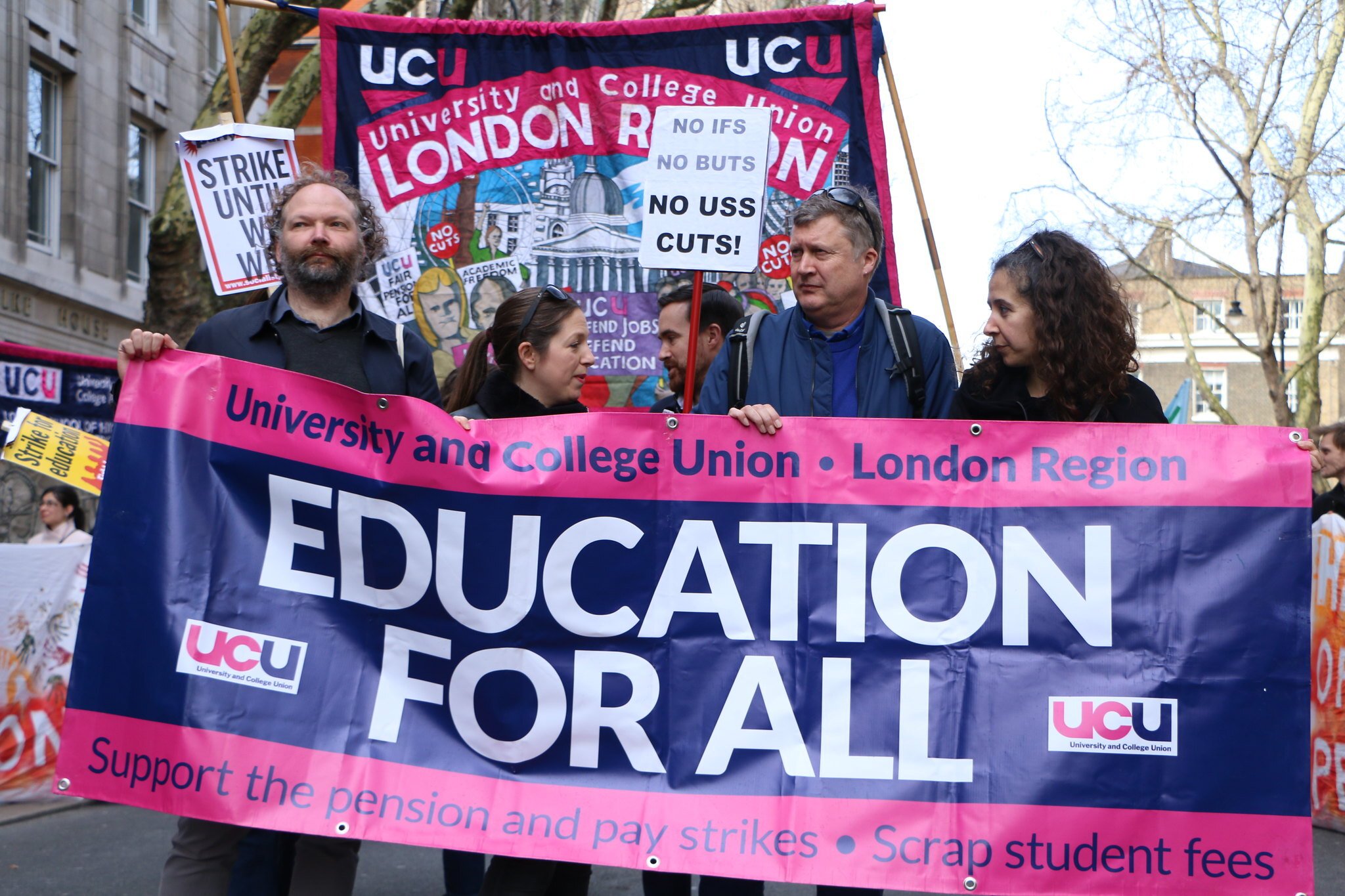In the midst of the biggest strike wave in Britain since the 1980s, one important player has been notably absent from the scene. At over 1.3 million members, Unison claims the disputed title of Britain’s largest trade union. Yet it has been relatively passive throughout the recent bout of industrial disputes sweeping the country.
Nationally, over 2.5 million work days are estimated to have been lost to strike action in 2022. Hundreds of thousands of workers across a range of sectors and trade unions – from transport to education to healthcare – have been out on the picket lines.
RMT leader Mick Lynch has been talking class politics on national television, sending the capitalist media into a panic every time he opens his mouth. Sharon Graham of Unite – the second giant of the British trade union movement, with similar membership numbers to Unison – has also been responding militantly in the press to the Tories’ anti-union threats.
Unite has won huge victories for workers in the last year. This includes the Liverpool dockers, who won a 14-18% pay rise thanks to determined strike action.
By contrast, Unison has somewhat faded into the background.
The union has been involved in some localised disputes, alongside important struggles like that of the ambulance workers. But in most of their key sectors, such as the NHS and local government, Unison has largely been unable to organise any substantial industrial action.
Turnout and mobilisation

Workers in Unison are not facing particularly different conditions to their peers in Unite or any other trade union. The whole working class is struggling with skyrocketing prices, real-terms pay cuts, and worsening living and working conditions.
The reason our ballots are falling – whilst action breaks out across the rest of the trade union movement – cannot be explained by some kind of unique reluctance to strike on the part of rank-and-file Unison members.
Instead, these vote results can be best explained by the failure of the union leadership and apparatus to mobilise members when it comes to pay campaigns. This, in part, is due to a hollowing-out of the union’s activist layer over the years.
In the local government ballot held during late 2021, for example, ballot papers were sent out over the Christmas break. As a result of this, and other issues, the vote didn’t meet the anti-union threshold required for strike action, only reaching a disappointing turnout of 34%.
Similarly, this year’s healthcare pay campaign did not reach enough NHS workers, due to a lack of activists to galvanise members. Just as in local government, an important opportunity was therefore missed.
These examples highlight the perennial weaknesses within Unison. These stem from decades of class-collaboration policies, pursued by a bureaucracy that is more interested in selling cheap insurance to members than building genuine industrial muscle in the workplace.
Representing the interests of the ruling class within the union itself, this right-wing bureaucracy wants to ensure that Unison remains relatively passive in the face of the employers’ attacks. This explains their reluctance to rebuild the union’s activist ranks, and their hostility towards anyone who attempts this.
Left vs right
The last couple of years has seen the beginnings of a transformation inside the trade union movement. With capitalism in an ever-deepening crisis, and the political front cut off to workers due to Starmer’s big business agenda, the growing radicalisation in society is increasingly finding an expression inside the unions.
Unison has been no exception to this process. Left-winger Paul Holmes could have won the 2021 general secretary election, for example, but for a sectarian split in the left vote. Consequently, the right wing secured their candidate, Christine McAnea, as next in line to arch-Blairite Dave Prentis.
Similarly, in the ensuing NEC elections, the incumbent right wing was defeated by the Time for Real Change (TFRC) slate.
This was a source of anger and panic for the right wing, who threw everything they could at attempting to rout the left. This included a merciless witch-hunt against Unison President Paul Holmes, and a drive to censure and subdue the left-led NEC at the union’s national conference last summer.
TFRC activists on the NEC found themselves under attack at the conference, with the right wing mobilising and organising their people within the lay bureaucracy.
Attempting to appease the right, the left instead gave their attackers a taste of blood. Weakness invited aggression. TFRC supporters, in turn, were left confused and demoralised. This clearly damaged and isolated the left-led NEC, leading to their submission.
As a result, the transformation inside Unison has stalled. The old guard from the Prentis era still remain in their comfortable positions, and the right wing still controls the vast majority of the union’s apparatus, at every level.
Now, however, the crisis of capitalism has become even sharper, and the problems facing rank-and-file union members have become even more pressing.
Real change

It is in this context that the new NEC elections are being fought. TFRC is campaigning for re-election with a new slate. The nomination period will run until 13 February.
We support TFRC’s re-election efforts, insofar as this slate seeks to break with the old right-wing bureaucracy and transform the union.
But we must learn the lessons of recent events inside Unison – above all, that the fight against the right cannot be won solely from high office. Instead, the left must take steps to organise grassroots supporters in every region and at every level of the union.
This means galvanising the existing membership; encouraging their direct participation in vigorous campaigns for union democracy; and offering a bold socialist response to the cost-of-living crisis – not keeping the struggle behind closed doors at the top.
To genuinely transform the union, a leadership is required that has the determination to take on the right wing, in order to remove years of accumulated bureaucracy and blockages.
Only then will we have a union that is able to mobilise the full strength of its 1.3 million members, and seriously begin the process of rebuilding Unison’s depleted activist layer in order to achieve this.
Class weapon
This is no time for a cautious game of compromises. Britain’s largest trade union must catch up with the turbulent situation on the industrial front, and begin to play a leading role in the strike movement.
The alternative is the continued control of the right wing, who are an obstacle to the needs and desires of workers.
The battle lines have been drawn. The stakes are high. We must fight to transform the union into a weapon for our class.






